Health and Fitness Awareness
The increasing awareness of health and fitness among individuals appears to be a primary driver of the Running Apparel Market. As more people recognize the importance of physical activity for overall well-being, the demand for running apparel has surged. According to recent data, approximately 60% of adults engage in some form of regular exercise, with running being a popular choice. This trend suggests that consumers are more inclined to invest in high-quality running apparel that enhances their performance and comfort. Furthermore, the rise of fitness influencers and social media platforms has contributed to the visibility of running as a lifestyle choice, thereby propelling the growth of the Running Apparel Market. As individuals seek to improve their fitness levels, the need for specialized apparel that supports their activities is likely to continue to expand.
Rise of E-commerce and Online Retail
The rise of e-commerce and online retail platforms has transformed the shopping experience for consumers in the Running Apparel Market. With the convenience of online shopping, consumers can easily access a wide range of products from various brands without geographical limitations. Recent statistics reveal that online sales of athletic apparel have increased by over 30% in the past year, indicating a shift in consumer purchasing behavior. This trend is particularly pronounced among younger demographics who prefer the ease of browsing and purchasing through digital channels. Additionally, the ability to compare prices and read reviews online empowers consumers to make informed decisions. As e-commerce continues to expand, the Running Apparel Market is likely to see sustained growth driven by this shift in consumer preferences.
Technological Advancements in Fabric
Technological advancements in fabric and apparel design are significantly influencing the Running Apparel Market. Innovations such as moisture-wicking materials, breathable fabrics, and lightweight designs have transformed the way running apparel is manufactured. For instance, the introduction of smart textiles that monitor biometric data during runs is gaining traction among consumers. This integration of technology not only enhances performance but also provides valuable insights into health metrics. Market data indicates that the segment of high-performance running apparel is expected to grow at a compound annual growth rate of 8% over the next five years. As athletes and casual runners alike seek apparel that offers both functionality and comfort, the Running Apparel Market is likely to benefit from these ongoing technological developments.
Increased Participation in Running Events
The increased participation in running events, such as marathons and fun runs, serves as a significant driver for the Running Apparel Market. These events not only promote a culture of fitness but also create a sense of community among participants. Data indicates that the number of registered runners in organized events has grown by approximately 20% over the last five years. This surge in participation encourages individuals to invest in specialized running apparel that enhances their performance and comfort during races. Furthermore, event organizers often partner with apparel brands for sponsorships, leading to increased visibility and brand loyalty. As the popularity of running events continues to rise, the Running Apparel Market is poised for further expansion, catering to the needs of both competitive and recreational runners.
Focus on Sustainability and Ethical Production
The focus on sustainability and ethical production practices is increasingly shaping consumer preferences within the Running Apparel Market. As awareness of environmental issues grows, consumers are more inclined to support brands that prioritize eco-friendly materials and ethical manufacturing processes. Recent surveys indicate that nearly 70% of consumers are willing to pay a premium for sustainable apparel. This shift in consumer behavior is prompting brands to adopt sustainable practices, such as using recycled materials and reducing carbon footprints. Additionally, transparency in supply chains is becoming a critical factor for consumers when choosing running apparel. As sustainability becomes a core value for many consumers, the Running Apparel Market is likely to experience growth driven by brands that align with these values.


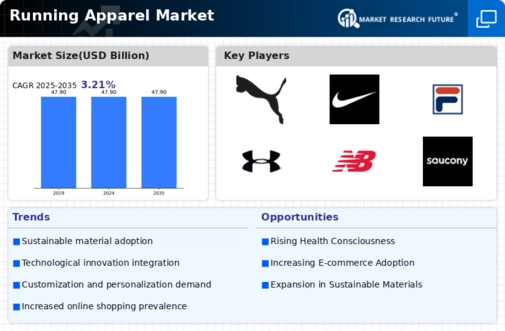
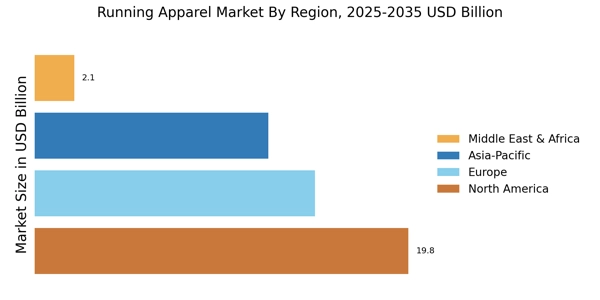

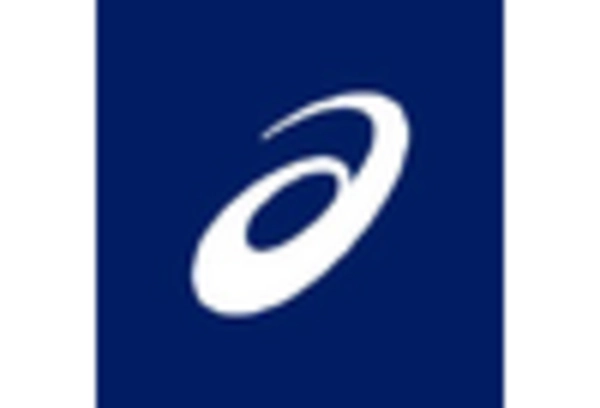

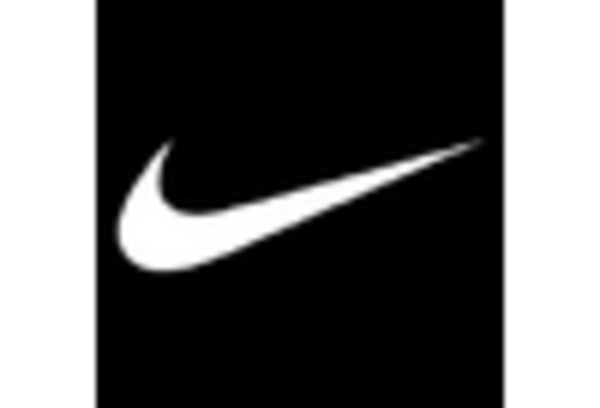
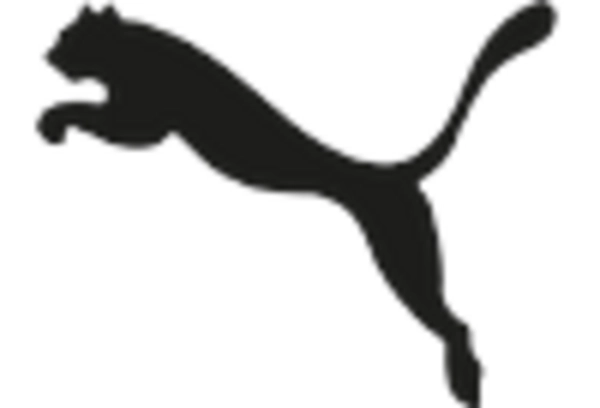









Leave a Comment